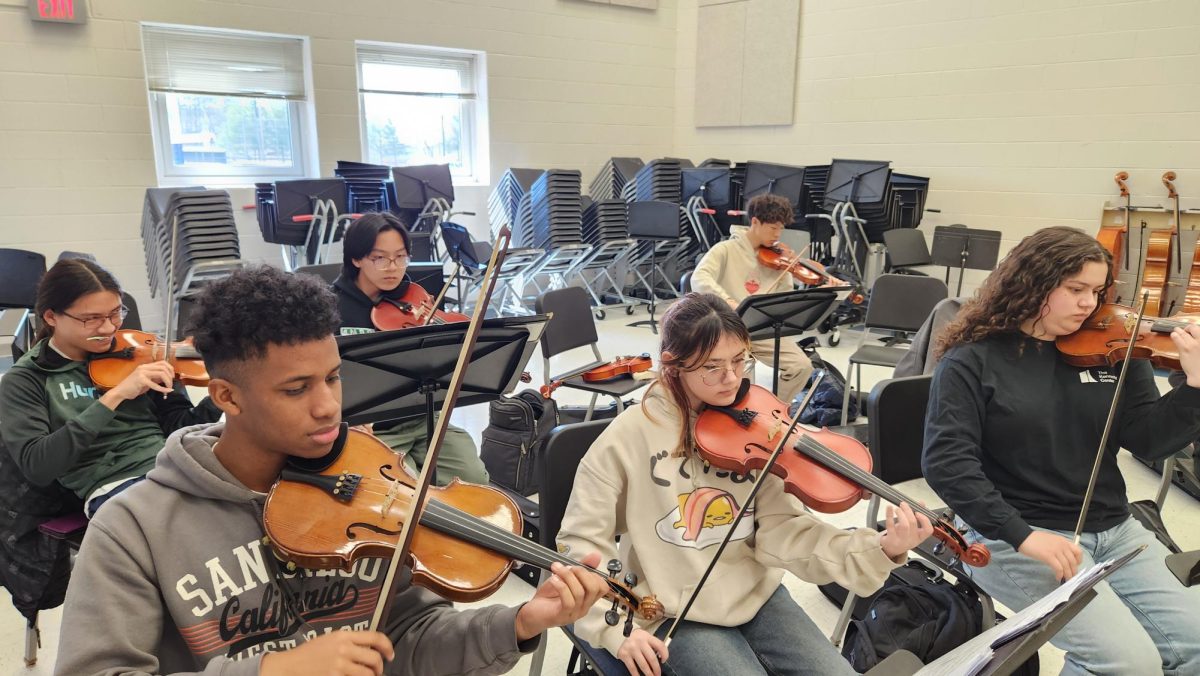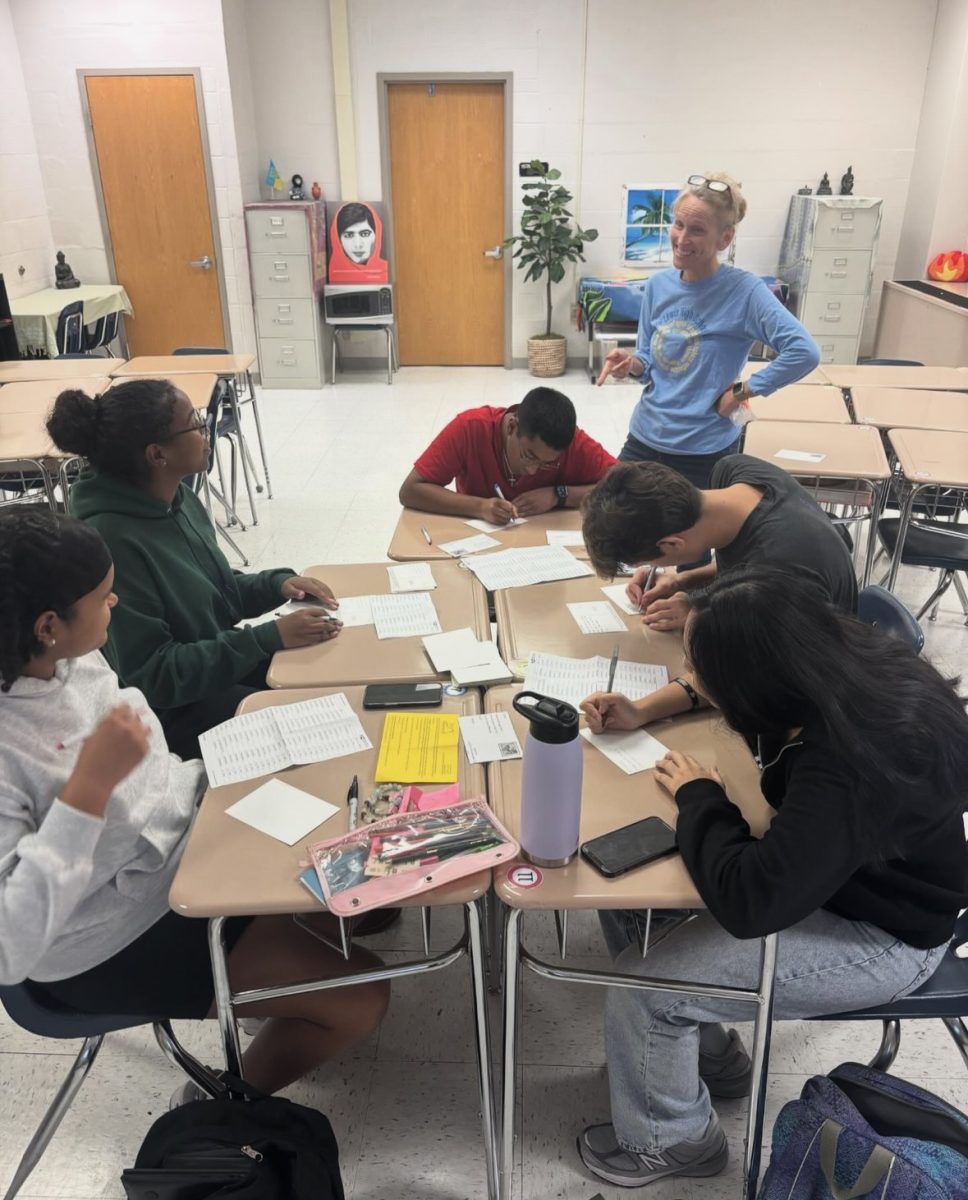Do you have an interest in engineering or science-related topics? Are you looking for a new way to make your ideas take flight? Or are you a creative mind looking for your next hobby? Well, look no further than model rocketry.
The best way to get into model rocketry is by ordering a model rocket kit. Rockets built through these kits have been thoroughly tested and are deemed safe to fly.
While there may be others, the most popular and affordable kits can be found on a website called Estes Rockets. (This is the company I used to ordered and build a rocket.)
Rocket assembly is not too difficult, and the kit comes with instructions that are relatively easy to follow, like building Legos. I spent two hours assembling one. If you are confused in the building process, there are plenty of videos that you can watch online if you’re stuck.
Deciding what type of engine you want can be crucial to your rocket’s overall performance. Rockets are organized and classified by letters and numbers. The first number is the amount of thrust measured in newtons, and the second is the delay charge which ensures the parachute ejects safely.
Whenever you see a rocket engine with the letter A-E that means you can launch the rocket without getting a certification from the Federal Aviation Administration (FAA). However, if you’re planning to build a rocket with any engine beyond E, then you need to be certified by the FAA, and you’ll need to submit the application 40 days before you launch the rocket.
For most beginners, this isn’t a problem. If you end up ordering a model rocket from a kit then you’ll see that the website will recommend engines that are compatible with your rocket. For first time flyers, it’s recommended that you start with an A type engine because these rockets do not go too high.
All over the U.S., there are rocketry associations dedicated to safely launching rockets in clear open fields. In Northern Virginia, there’s an association called NOVAAR that’s regulated by the National Association of Rocketry. Monthly NOVAAR meetings with rocket launches are typically held at the Great Meadows Foundation in The Plains, Virginia.
Attending a rocket launch is a great way to meet people who have been doing the hobby for years. You might even get to see some high power rockets which make a loud “boom” during launch.
If you’re looking to launch your model rocket in Northern Virginia, don’t do it in your backyard or in the woods. This is because Northern Virginia is very close to Washington, DC and large airports. According to the FAA, you need to be at least five miles away from any airport for safety reasons. However when you fly your rocket with a rocketry association, the launch site will be far enough away and will be in compliance with FAA regulations.
After you have built multiple model rockets from kits and if you want a challenge, you could build your own rocket from scratch and even enter competitions. Winning competitions is a great way to show colleges your interest and chart a course for success in engineering.
Model rocketry can prepare you for a career in STEM, if you’re interested, because you’ll learn how things work internally and externally and gain experience in building and assembling. And if that still doesn’t interest you, you’ll get to do something in your free time that will challenge you and differentiate you from others.
So, are you interested in letting your ideas take flight?







